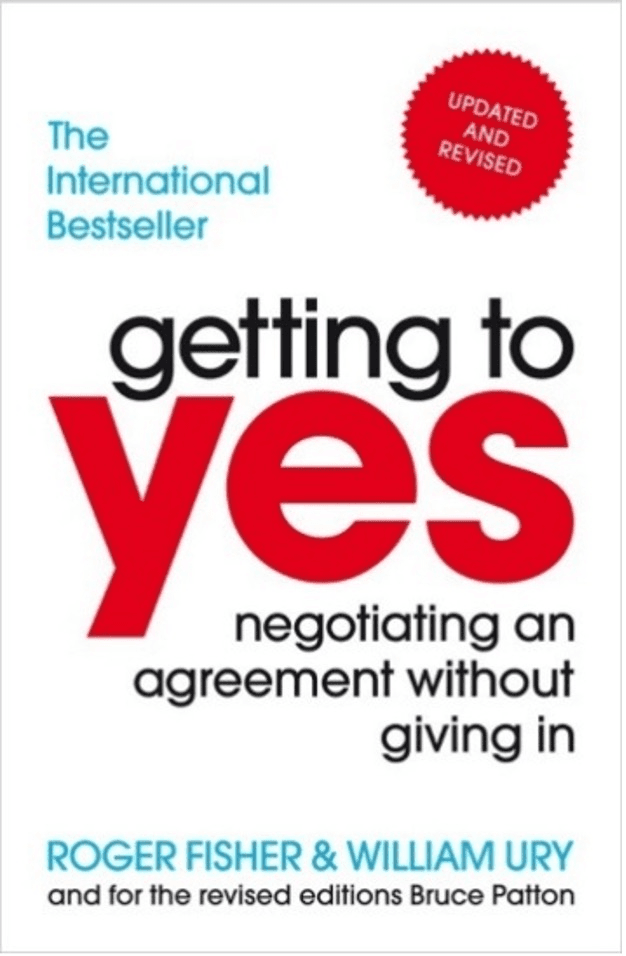
Do you want to close high value, long term deals? Follow these negotiation tactics!
Negotiating can be stressing and overwhelming for startup founders. At our latest Founders Circle – Connect & Learn, legal dealmaker Kristof Cox (Deloitte) presented negotiation tactics for closing sustainable deals. In this blog, we share some of his tips. Starting with two animals in a star role.
Beware of the saber-toothed tiger
For prehistoric humans living in caves, it was crucial to be aware of the many dangers lurking around. Our brain did not evolve that much over the centuries. We see more dangers than there actually are, we get a shot of adrenaline several times a day. For our forefathers, that was a necessary survival tactic to protect them against the saber-toothed tigers and other killer animals. For us, being pretty safe most of the time, the same reflex has become an obstacle.
When we negotiate a deal, we tend to see danger everywhere. We automatically reason that what’s good for the other party is bad for us. So we kill every proposal the other party puts on the table. Or we avoid making suggestions ourselves and prevent the best deal from even getting on the table. Fear has a detrimental effect on negotiations.
If you want something, don’t be afraid to just ask for it. You will be surprised how often you get what you want.
Talk to the elephant
When you want to close a deal, you will use objective arguments to convince the party at the other end of the table. But you need to realize that the other party is only the rider of the elephant. How that person’s conscious brain responds to your arguments is only a small part of what is happening inside his/her body and brain. Most of our decisions are made by our so-called reptilian brain, in an unconscious way.

There is a funny effect: once you start giving objective arguments, the elephant will start to see hidden agendas and dangers. It will move the person you are arguing with in a direction you can’t control anymore. You need to understand that negotiations are not strictly business. Emotions play a huge part and you need to take them into account every step of the way.
Do designer deals
‘Getting to yes’ - the negotiation bible explaining the famous Harvard-method - is an excellent starting point to close high value, long term deals. The book dates from 1980, but it’s still highly relevant.

The method combines assertiveness and empathy in a logical roadmap:
- First show empathy: Don’t start talking, just listen and ask a lot of open questions. Fire away. Show that you want to understand the other party. The more questions you ask, the more important the other party will feel.
- Next, become assertive: Put your cards on the table and say what you want. Tables will turn: if the empathetic party becomes the assertive party, the assertive party will become the empathetic party.
- Finally, make a summary of the other party’s values, interests and goals. Very often, parties have the same values, interests and goals. But even if they are opposite, a negotiation is not a binary game with a winner and a loser. One tactic to close a designer deal is to come up with 10 options: 6 good ones, 2 bad ones and 2 unrealistic ones. You keep it to yourself which are the good, bad or unrealistic ones. This way, you create an environment that is safe to propose out-of-the box ideas, even if they are stupid or unrealistic. Most of the time, the final deal will come from unrealistic ideas, and will be close to a designer deal: the deal not only fits with both parties’ values, interests and goals, but also with the emotions that are at the table.
Win the battle of the forms
Startup founders are convinced that the terms & conditions of big corporates are not negotiable. ‘Take it or leave it.’ That’s wrong. Most of the time, the corporate will be prepared to agree on your terms & conditions.
Corporates have the same set of terms & conditions for buying toilet paper and for buying innovative technology. So no way that their terms & conditions are a perfect fit for what you are doing and selling. Make clear that your terms & conditions are written for a smooth implementation of your technology. It will make you look professional and it will get you a much better deal. Don’t just accept the corporate’s terms & conditions. Dare to challenge them.
With these tips in mind, the negotiation room should no longer be a place to fear. We thank Kristof and are already looking forward to the incredible story and insights Jan en Zhong from Deliverect will bring to our next Founders Circle – Connect & Learn!


